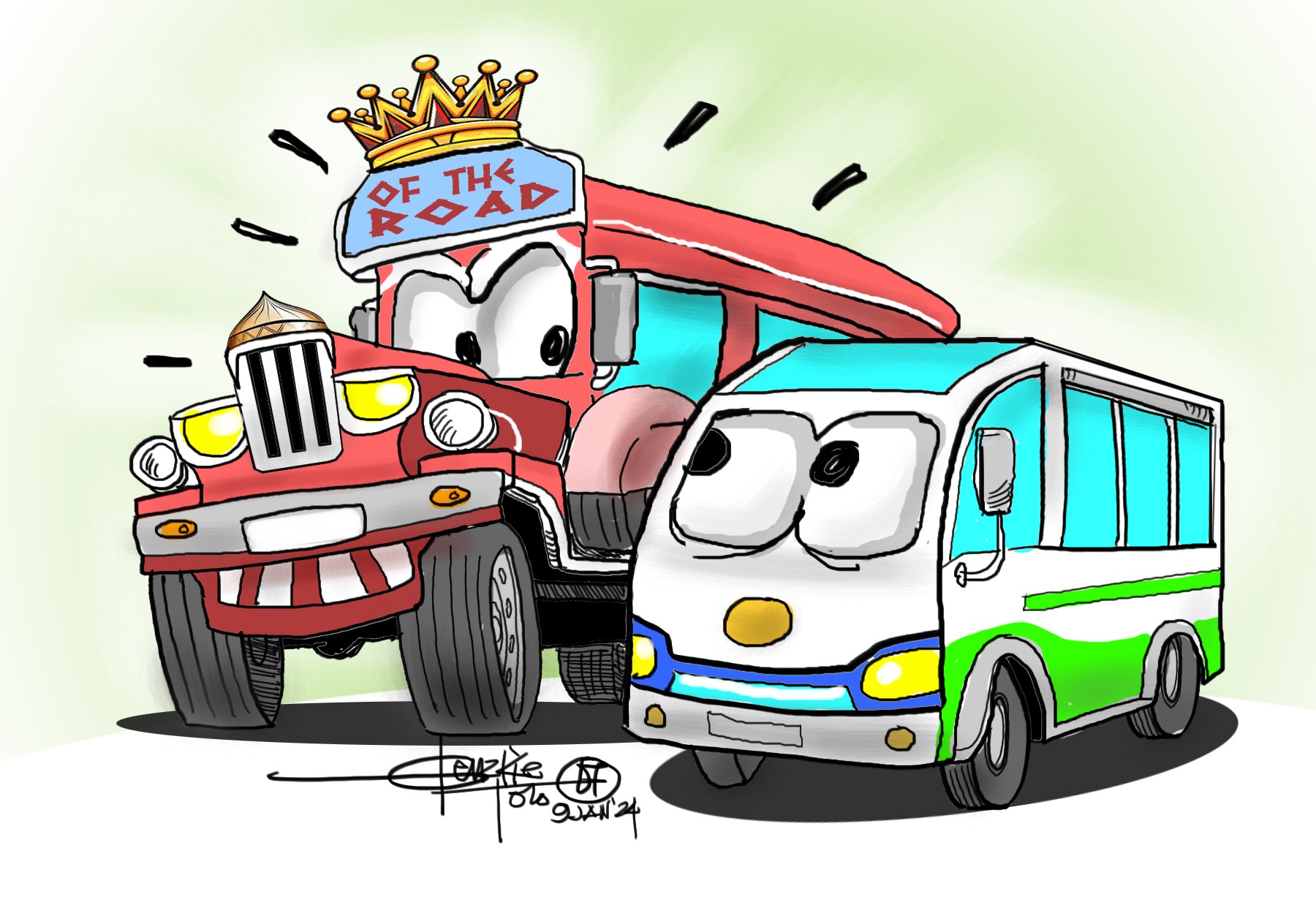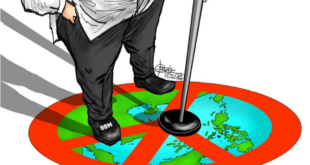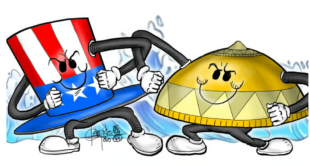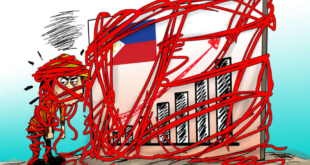The jeepney can continue to roll into the future, carrying not just passengers, but a piece of the nation’s soul.

The jeepney being phased out by the government under its Public Utility Vehicle Modernization Program, or PUVMP, is more than just a vehicle, as it had become a cultural icon through the years.
Especially in the ‘90s when it assumed the tag “King of the Road,” the jeepney, or “dyip” in the vernacular, is a testament to Filipino ingenuity that has provided the urban landscape with vibrant splashes of color.
The jeepney’s story is intertwined with the country’s own, one that tells of the resilience and resourcefulness of Filipinos.
Following the end of World War 2, Filipino mechanics and craftsmen transformed American military surplus jeeps — yes, the GI Willys — into works of art, cutting them in half and bolting passenger space and benches in between.
Local manufacturers like Sarao and Francisco were at the forefront of the movement to build the soon-to-be ubiquitous people-hauler, with the skilled hands of their workers shaping the soul of the jeepneys and imbuing them with a distinctly Filipino character.
The early jeepneys — unlike the mostly dilapidated specimens we see on the streets today — were not just functional; they were canvases for Filipino creativity, with murals depicting religious iconography, pop culture, and scenes from daily life.
Each jeepney was a rolling testament to the Filipinos’ penchant for personalization and, yes, even sloganeering. Even from far away, one can hail a favorite jeepney just by reading the huge signages like “Katas ng Saudi,” or listening to some rolling jukeboxes’ trademark sound, either bass-heavy or slanted toward the high frequencies, or both.
As progress sometimes entails doing away with sentimentality, the jeepney deserves to be preserved in some way, even under the PUVMP, which was conceived before the pandemic but is only now just being implemented in earnest.
Over the weekend, Senator Raffy Tulfo’s tirade against the importation of public utility vehicles from China resonated deeply as he imbued it with patriotic flavor, saying: ““China has already invaded our seas in the West Philippine Sea, why are we letting them do the same on our roads?”
The lawmaker’s call to give local manufacturers like Sarao and Francisco an opportunity to slug it out with foreign suppliers to be tapped under the PUVMP exuded economic pragmatism and not just misplaced national pride.
Tulfo pointed out the stark price difference between locally-made “modernized” jeepneys priced at just below P1 million and their imported counterparts that could cost as much as P2.5 million per unit, certainly beyond the means of many PUV drivers and small operators.
At a fraction of the cost, Filipino manufacturers like Sarao and Francisco are said to be offering modern, Euro-4 compliant jeepneys that not only meet the PUVMP’s safety and emission standards, but would also keep the economic engine of the jeepney industry running.
Investing in local manufacturers isn’t about nostalgia; it’s about supporting Filipino jobs, fostering domestic innovation, and ensuring that the jeepney’s economic legacy continues to thrive.
Every locally-made jeepney purchased under the PUVMP should not just offer a safer, cleaner ride for passengers, but should also serve as an investment in Filipino ingenuity and skills.
The PUVMP, while aimed at modernizing public transportation, cannot afford to relegate the jeepney to the pages of history books. These iconic vehicles are not just cultural relics; they are the livelihood of countless Filipinos, from drivers and operators to mechanics and artists who keep them humming down the road.
True, safer, cleaner, and more efficient vehicles are essential for improving urban mobility and reducing pollution. However, modernization cannot come at the cost of erasing the jeepney’s cultural significance and economic impact.
There’s a need to strike a balance between progress and preservation. Through domestic innovation and manufacturing, the Philippines can ensure that the jeepney continues to roll into the future, carrying not just passengers, but a piece of the nation’s soul.
The PUVMP is an opportunity to write a new chapter in the jeepney’s story, one where modernity and tradition go hand in hand. By giving local manufacturers a seat at the table, we can ensure that the jeepney’s tapestry continues to be woven, not in dusty museums but on the asphalt canvas of Philippine streets, for generations to come.
Modernization and nostalgia are not antithetical concepts; they can co-exist within the same undertaking like modernizing the iconic jeepney so it could offer a safer and environmentally friendly ride without breaking the bank.
*****
Credit belongs to: tribune.net.ph
 Atin Ito First Filipino Community Newspaper in Ontario
Atin Ito First Filipino Community Newspaper in Ontario






